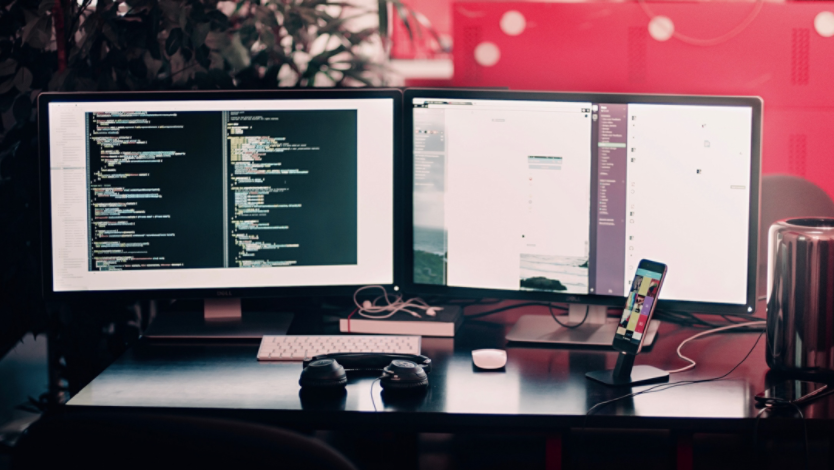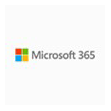
September 28, 2023
Technology makes it easier to manage tasks for school and work, but it also allows for plenty of distractions. While non-work things can certainly take our attention, distractions within work may also limit productivity. A phenomenon known as context switching occurs when using multiple apps and programs to get through work or school projects, and it can do more harm than good to your workload management. Learn more about context switching and how to avoid it when using Windows 11.
What is context switching?
Context switching can occur when you switch back and forth between various tasks, apps, or programs, making it difficult to focus. Some common examples of context switching include clicking on an email notification that pops up while you are working on a spreadsheet or report, or halting a task to join a virtual meeting.
How does context switching affect productivity?
It may seem harmless to respond to a quick chat or video call while you’re in the zone, but getting back on track after a minor distraction can take several minutes. As more messages and emails enter your radar, it gets harder to stay focused on one task. Context switching may also lead to fatigue, which can obviously affect productivity as well. Having multiple platforms and apps open at once can seem overwhelming, even if you’re not using them all. While technology makes it easier for people to reach out to you, the pileup of messages can also lead to stress and burnout.
Is context switching different from multitasking?
Multitasking is similar to context switching by definition, but the two don’t have to go hand-in-hand. Context switching is the constant movement between different tasks, but multitasking is the act of completing two or more related tasks at the same time. So, if a particular assignment must be done in several parts, multitasking can help you distribute your focus between the parts without having to shift your attention to a completely different topic.
How to avoid context switching in Windows 11
By using Microsoft tools and the features in Windows 11 and more efficiently, you can reduce the temptation of context switching and boost your productivity. Here are some tips to try.
Maximize your work and school hours by learning to avoid context switching. For more helpful tips and tricks for being more productive with Windows 11, visit the Windows Learning Center.





